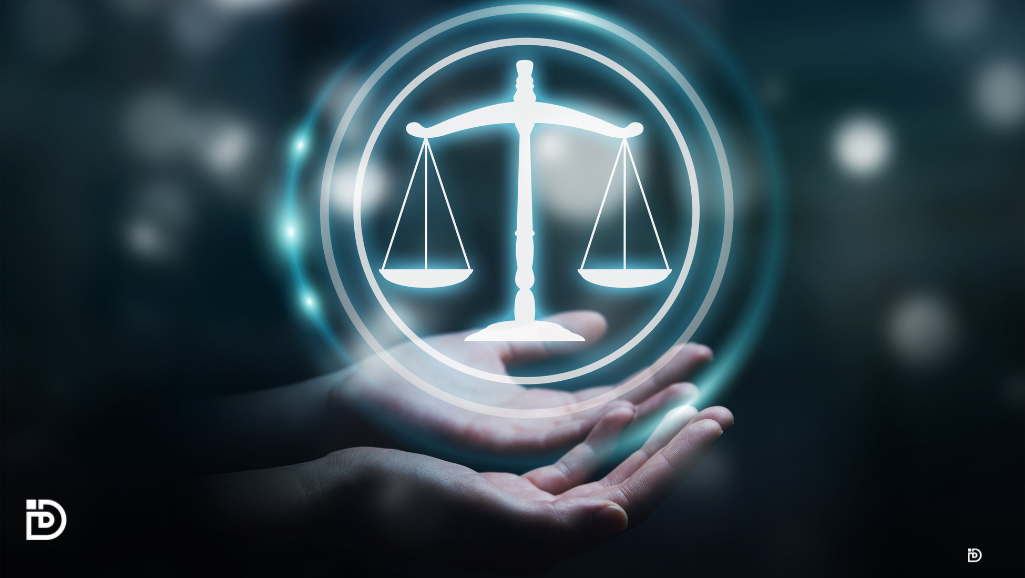In today’s digital age, privacy has become a paramount concern for individuals and society alike. The rapid advancement of technology has brought unparalleled convenience and connectivity, but it has also exposed us to unprecedented risks. The establishment of a dedicated Department of Technology (DoT) could be the key to safeguarding, expanding, and ensuring privacy rights. Here’s how this vision can be achieved.
Who: The Stakeholders
The success of a future Department of Technology hinges on the collaboration of various stakeholders:
- Government Entities: Federal, state, and local governments working together to create a unified approach.
- Private Sector: Tech companies, businesses, and industry leaders contributing to the development and implementation of privacy standards.
- Public: Citizens actively engaged in understanding and exercising their privacy rights.
What: The Goals
The primary objectives of the DoT would be:
- Safeguarding Privacy Rights: Implementing robust measures to protect personal data from unauthorized access and misuse.
- Expanding Privacy Rights: Enhancing individuals’ control over their personal information and ensuring transparency in data practices.
- Ensuring Privacy Rights: Establishing enforcement mechanisms to hold violators accountable and deter future breaches.
When: The Timeline
The establishment of a DoT should be a phased approach:
- Immediate Actions (Year 1): Drafting and passing privacy legislation, setting up the foundational structure of the DoT, and launching public awareness campaigns.
- Short-Term Goals (Years 2-3): Developing advanced encryption standards, initiating privacy impact assessments, and starting regular audits.
- Long-Term Vision (Years 4-5 and beyond): Fully integrating privacy education into the public domain, refining legal frameworks, and achieving international cooperation on privacy standards.
Where: The Implementation
The DoT’s presence should be felt at every level:
- Federal Level: Setting nationwide privacy standards and coordinating efforts across states.
- State and Local Levels: Tailoring privacy measures to local needs while maintaining alignment with federal guidelines.
- International Collaboration: Working with global partners to ensure cross-border data protection and compliance with international privacy laws.
Why: The Rationale
The necessity of a DoT stems from several critical reasons:
- Increasing Data Breaches: High-profile data breaches highlight the need for stronger protections.
- Public Demand for Privacy: Growing public awareness and demand for better privacy controls.
- Technological Advancements: Rapid advancements in AI, IoT, and other technologies necessitate updated privacy frameworks.
How: Achieving the Goals
1. Robust Privacy Laws and Regulations
Scenario: A new federal privacy law is enacted, requiring companies to obtain explicit consent before collecting personal data. This law also mandates regular privacy impact assessments for new technologies.
Example: A social media company must now disclose how it uses user data, obtain clear consent for targeted advertising, and allow users to opt out at any time.
2. Advanced Encryption Standards
Scenario: The DoT introduces advanced encryption standards for all digital communications and data storage, making it nearly impossible for unauthorized entities to access personal information.
Example: Healthcare providers are required to encrypt patient records, ensuring that even if data is intercepted, it cannot be read without proper authorization.
3. Data Minimization and Anonymization
Scenario: Companies are encouraged to collect only the minimum amount of data necessary for their operations and to anonymize data wherever possible.
Example: An e-commerce platform collects only essential information for transactions and anonymizes purchase history data to prevent tracking individual shopping behaviors.
4. Privacy Impact Assessments
Scenario: Organizations must conduct privacy impact assessments before launching new technologies or services, identifying and mitigating potential privacy risks.
Example: A new smart home device undergoes a privacy impact assessment, resulting in design changes that enhance user privacy by limiting data collection and storage.
5. Digital Literacy and Awareness
Scenario: The DoT launches nationwide campaigns to educate the public about digital privacy rights and best practices for protecting personal information online.
Example: Schools incorporate digital literacy programs into their curriculum, teaching students how to manage their online presence and protect their privacy.
6. Consumer Control Over Personal Data
Scenario: The DoT develops tools that allow individuals to easily manage their data sharing preferences and understand how their information is used.
Example: A user-friendly app enables people to review and adjust privacy settings across all their online accounts from a single interface.
7. Independent Oversight and Audits
Scenario: An independent oversight body is established to conduct regular audits of organizations’ privacy practices and ensure compliance with regulations.
Example: A major corporation undergoes an audit, resulting in the discovery and correction of several privacy vulnerabilities.
8. Proactive Incident Response
Scenario: The DoT creates a rapid response team to handle data breaches and privacy violations, ensuring timely notification and mitigation efforts.
Example: Following a data breach at a financial institution, the rapid response team quickly identifies the breach’s scope, notifies affected individuals, and implements measures to prevent future incidents.
9. Legal Framework and Penalties
Scenario: The DoT establishes clear penalties for privacy violations, including significant fines and potential criminal charges.
Example: A company found guilty of selling user data without consent faces substantial fines and its executives face criminal charges.
10. Whistleblower Protections
Scenario: Strong protections are put in place for whistleblowers who report privacy violations, ensuring they are safeguarded from retaliation.
Example: An employee who exposes a company’s illegal data sharing practices is protected from being fired or harassed.
11. Public Accountability
Scenario: The DoT maintains a public registry of privacy violations and enforcement actions to promote transparency and accountability.
Example: The public registry reveals a politician’s misuse of voter data, leading to public outcry and legal action.
Summary
The establishment of a dedicated Department of Technology is not just a vision; it is a necessity in our rapidly evolving digital world. By implementing robust privacy laws, advancing encryption standards, promoting data minimization, and ensuring independent oversight, the DoT can safeguard, expand, and ensure privacy rights. Through education, transparency, and stringent enforcement, we can create a future where privacy is a fundamental right, protected and respected in every digital interaction.
Together, we can build a digital world that values and protects our privacy, ensuring a safer and more secure future for all.

